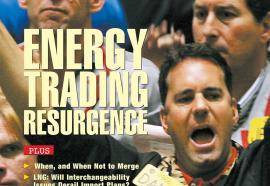Future Imperfect II: Managing Strategic Risk In the Age of Uncertainty
Part two of our series shows how utility companies can manage, but never eliminate, strategic risk.
The consequences of a flawed strategic choice unfold slowly, but they carry great weight. Consider IBM, which in 1980 chose to outsource to Intel the 16-bit processor needed for its entry into the personal computer market. The Intel chip, however, could not use the operating system that IBM had designed for its older 8-bit processors. And so the company had to outsource the operating system as well as the chip—to a startup company called Microsoft.









